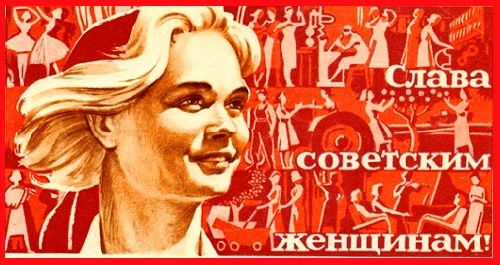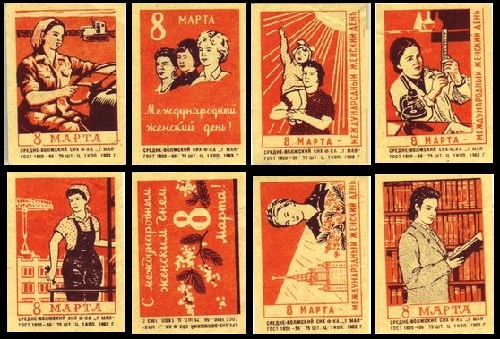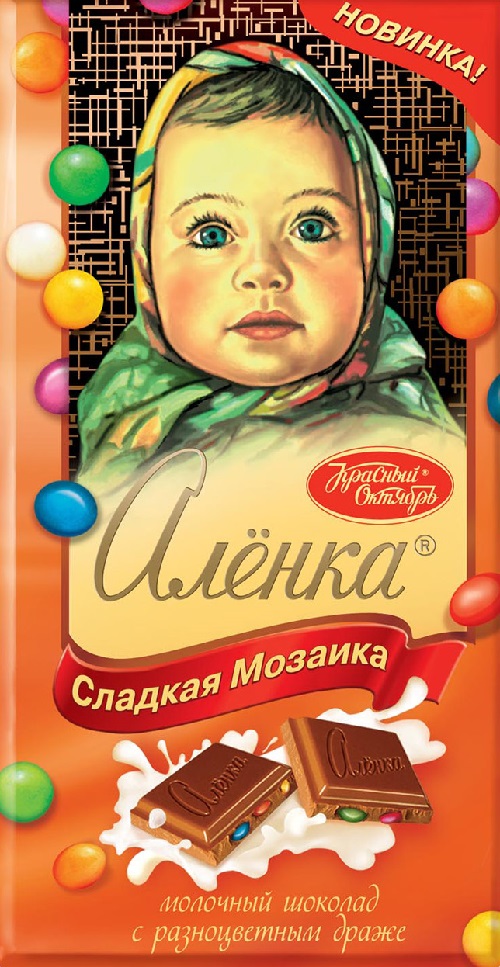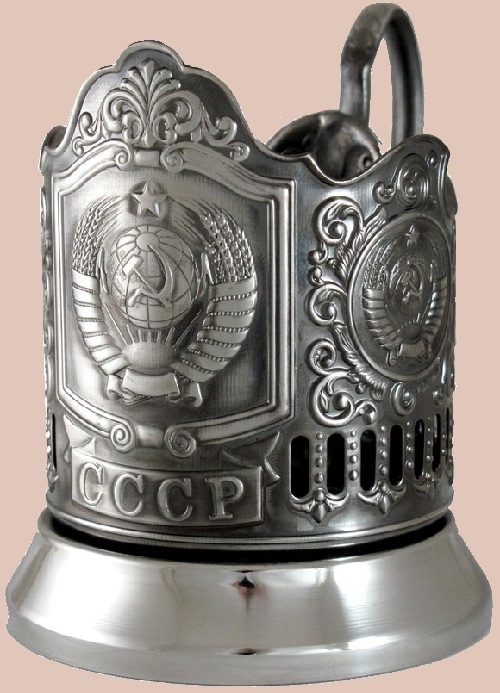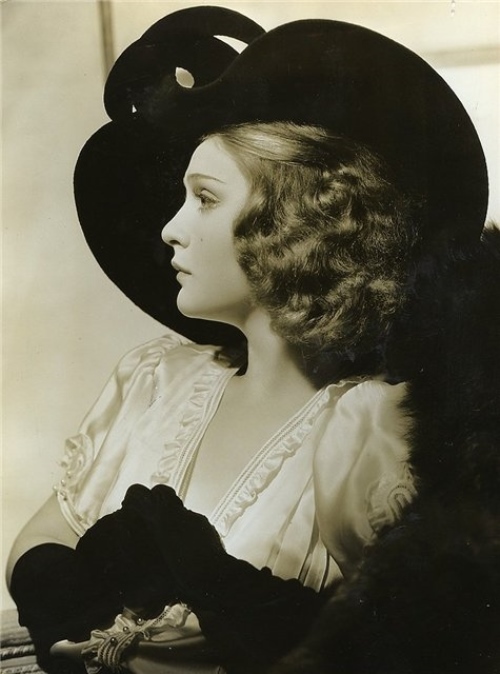Soviet spring festival 8 March
Soviet spring festival 8 March
The International Women’s Day on 8 March, in the first years of the Soviet Union became a national holiday, and the USSR for a long time was the only country to officially recognize it. During the Great Patriotic War, Soviet women celebrated International Women’s Day under the slogan “further strengthen the military might of the Soviet Union and the mobilization of all forces and the reserves of the country to help the front”. Since 1965, in the USSR, 8th of March has become inoperative. There were festive and ritual celebrations, and every year representatives of the government reported to the public about how public policy is carried out toward women. After the collapse of the Soviet Union, Day on 8 March remained in the list of public holidays of the Russian Federation. Some of the former Soviet Union republics continue to celebrate 8 March, and some were quick to get rid of the “Soviet legacy”.
Read more »
